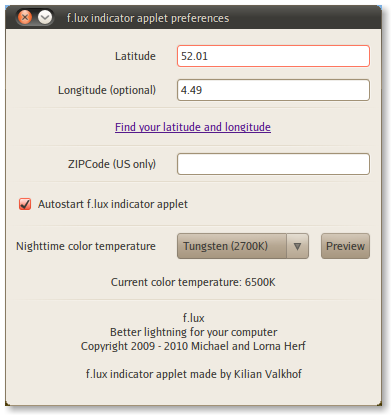Jika kerosakan keyboard laptop boleh dilihat dengan mata kasar seperti salah satu butang tercabut biasanya berpunca daripada kelalaian kita sendiri seperti membiarkan anak kecil bermain dengannya.
 Akan tetapi, kerosakan keyboard yang tidak boleh dilihat dengan mata kasar inilah yang sentiasa menjadi tanda tanya kebanyakan pengguna. Apakah punca secara tiba-tiba salah satu butang tidak berfungsi?
Akan tetapi, kerosakan keyboard yang tidak boleh dilihat dengan mata kasar inilah yang sentiasa menjadi tanda tanya kebanyakan pengguna. Apakah punca secara tiba-tiba salah satu butang tidak berfungsi?Tiga punca kerosakan keyboard laptop berdasarkan pengalaman kami ialah:
- Bermain permainan komputer dengan menggunakan keyboard laptop. Tidak kiralah permainan komputer jenis apa pun kerana semuanya akan melibatkan emosi dan secara tidak sengaja kita akan menekan butang keyboard juga dengan penuh emosi sehingga menyebabkan kerosakan. Jika ingin bermain game boleh bunakan external keyboard yang murah sebagai pencegahan.
- Biasa juga terjadi ialah air tertumpah atas laptop. Walaupun laptop telah dibiarkan kering untuk seketika tetapi litar elektronik di keyboard mungkin tidak terselamat kerana tempat mula-mula akan terkena apabila air tertumpah atas laptop ialah papan kekunci. JIka anda mahu mencegahnya boleh cuba pasang pelindung keyboard (keyboard protector) yang berupa getah lembut.
- Laptop yang terlampau panas juga boleh mengakibatkan kerosakan keyboard seperti yang pernah terjadi kepada seorang pelanggan kami. Panas melampau ini boleh jadi akibat pengedaran haba yang tidak baik seperti habuk banyak di kipas processor atau memang processor dan motherboard itu ada masalah seperti kebanyakan laptop yang guna AMD. Untuk pencegahan anda boleh guna Cooler Pad.




